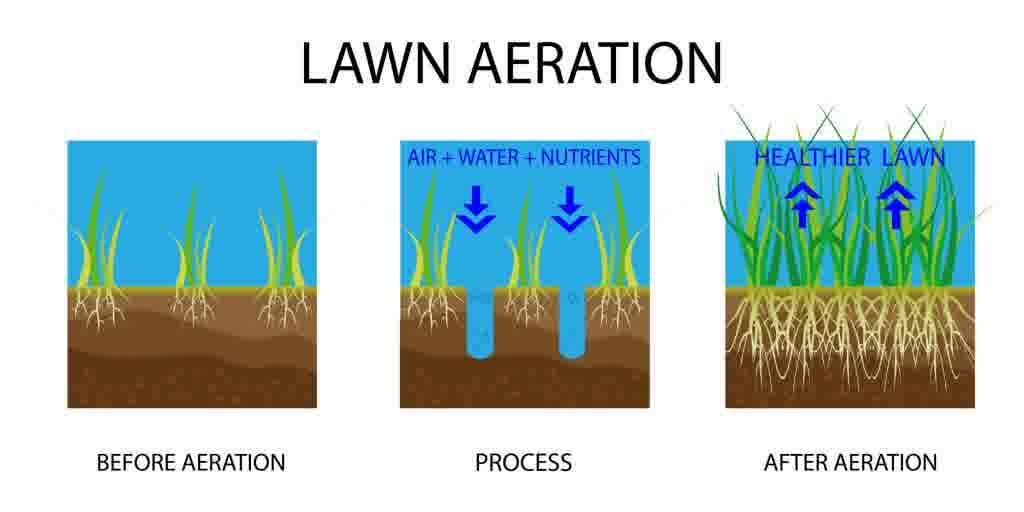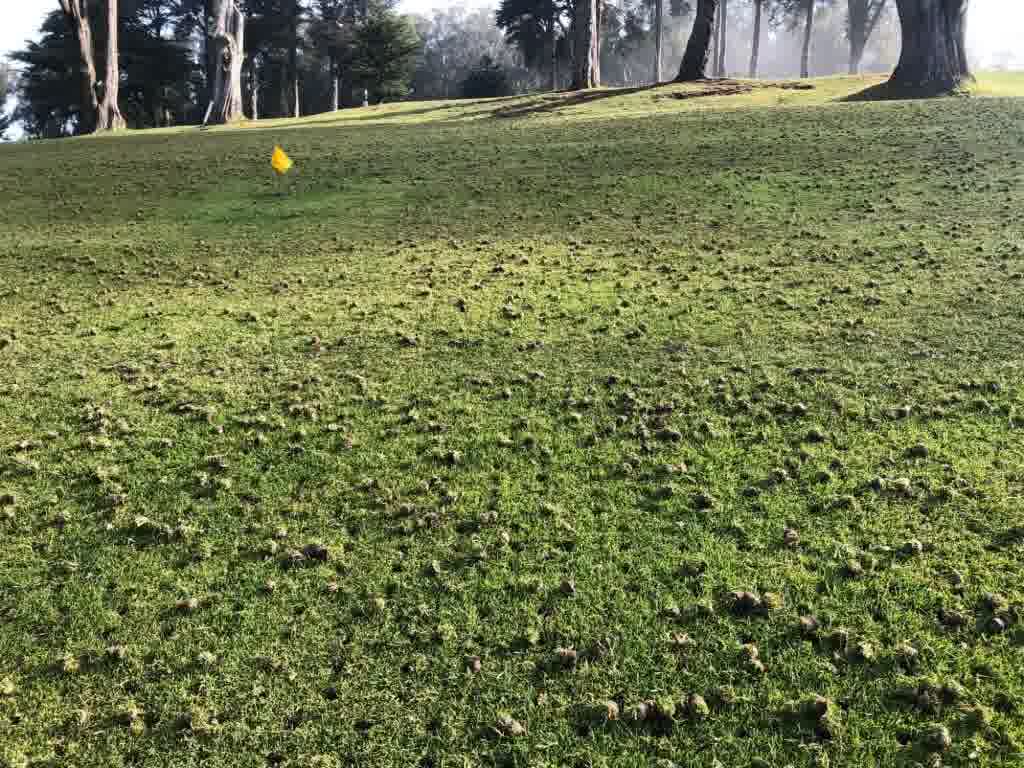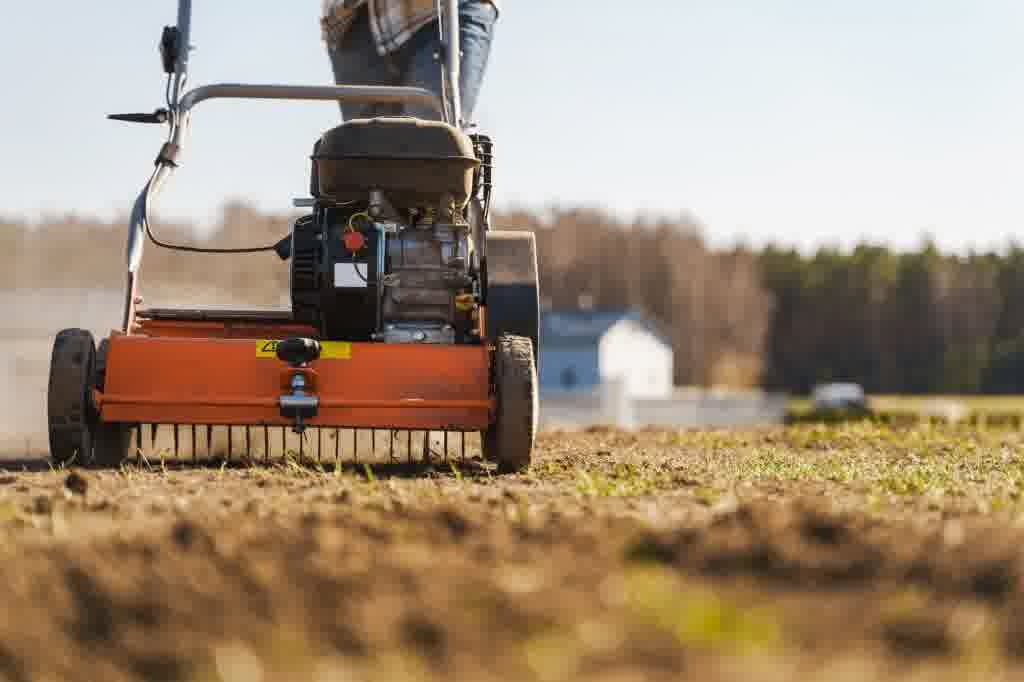Lawn Liftoff: When and How to Aerate for Healthier, Greener Grass
Introduction: Your lawn may look lush and green on the surface, but what’s happening beneath the blades of grass plays a critical role in its long-term health. Soil compaction, thatch buildup, and poor drainage are all silent threats to your lawn’s vibrancy. If your yard isn’t thriving despite your best efforts, it might be time for aeration. Lawn aeration is one of the most underrated but essential practices in turf care. It opens up the soil, allows roots to breathe, and supercharges your lawn’s ability to absorb water and nutrients.
Learning when and how to aerate can make a massive difference in the way your lawn looks and feels. Whether you’re dealing with heavy foot traffic, clay soil, or just want to rejuvenate your turf, understanding the right approach to lawn aeration is your first step toward greener, thicker grass.
Why Lawn Aeration Matters
Understanding Compaction and Thatch
Over time, your soil becomes compacted from foot traffic, mowers, and natural settling. When soil gets too tight, water, oxygen, and nutrients struggle to reach the roots of your grass. That leads to slow growth, brown patches, and increased susceptibility to disease. Another common issue is thatch—a layer of organic material that sits just below the grass blades. A little thatch is normal, but too much can choke your lawn by acting as a barrier to moisture and air. Aeration breaks through both compaction and thatch, letting your lawn breathe again.
Benefits Beyond the Surface
Lawn aeration does more than simply poke holes in your yard. It improves water absorption, boosts fertilizer effectiveness, and encourages deeper root systems. After aerating, your grass becomes more drought-resistant and better equipped to fend off pests and diseases. In essence, you’re giving your lawn a healthy reset and laying the groundwork for strong, sustainable growth.

When to Aerate Your Lawn
Timing Depends on Grass Type
The best time to aerate largely depends on the type of grass you have. For cool-season grasses like Kentucky bluegrass or fescue, early fall is ideal. This gives the lawn time to recover and grow strong before winter dormancy. If you have warm-season grasses like Bermuda or Zoysia, late spring to early summer is your target window. Aerating during active growth allows the lawn to heal quickly and thrive.
Signs Your Lawn Needs Aeration
You don’t always have to wait for a calendar reminder. If your lawn feels spongy underfoot, has water pooling in spots, or browns faster than it should, those are signs of compaction. You can also try the screwdriver test—if a screwdriver doesn’t push easily into the soil, it’s time to aerate. Pay attention to these signs and act promptly to prevent long-term turf damage.

How to Aerate for Maximum Impact
Choosing the Right Equipment
There are two main types of aeration tools: spike and core aerators. Spike aerators simply poke holes into the soil, while core aerators remove small plugs. Core aeration is far more effective because it reduces compaction rather than just shifting it. You can rent a core aerator or hire a professional service if you’re unsure about the process. The machine should be run in multiple directions to ensure even coverage.
Prepping Your Lawn for Aeration
Before aerating, make sure your soil is moist but not soggy. Water your lawn the day before to make it easier for the machine to penetrate the ground. Avoid aerating during drought or heavy rain periods, as this can stress the grass or cause muddy conditions. After aerating, leave the plugs on the surface—they’ll break down naturally and return nutrients to the soil. You can follow up with overseeding or fertilization, as the newly opened soil allows better seed-to-soil contact and nutrient uptake.

Conclusion
Aerating your lawn might not be the flashiest part of yard care, but it’s one of the most impactful. By breaking up compacted soil and allowing your grass to get the oxygen and nutrients it needs, you’re investing in a stronger, more resilient lawn. Knowing when and how to aerate sets you up for success through every season. Whether you DIY the job or bring in a pro, make aeration a regular part of your lawn care routine, and you’ll enjoy greener grass and fewer headaches all year long. Get in touch with us to learn more about our lawn aeration as well as our Lawn Mowing, Landscaping & Sod services.
We're now accepting new clients, call now to speak with a representative.
SERVICES
SERVICE AREAS
CONTACT US NOW
"*" indicates required fields
 david@promow-lawns.com
david@promow-lawns.com
